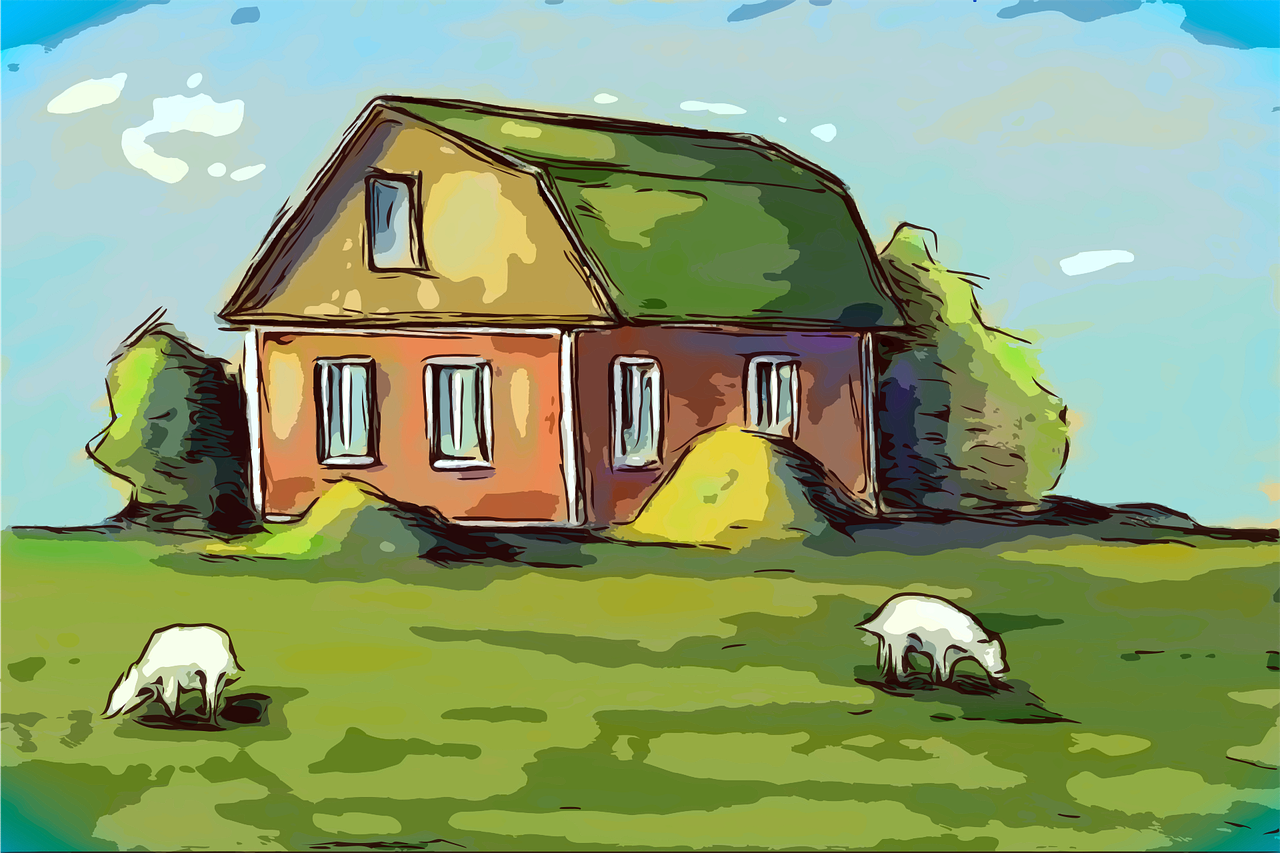Sustainable living is a lifestyle that aims to reduce our impact on the environment. This involves using renewable resources that can be replenished naturally and reducing waste. One of the best ways to achieve this is by living off the land. Living off the land refers to being self-sufficient and producing your own food, energy, and other basic needs. In this article, we’ll explore various ways to live off the land sustainably.
Homesteading
Homesteading is a lifestyle that involves living off the land and being self-sufficient. It entails growing your own food, raising livestock, and producing your energy. Homesteading also involves preserving food, making clothes, and building homes. The goal of homesteading is to reduce dependence on external sources and become self-sufficient.
One of the essential things to consider when starting a homestead is the location. It would be best if you had ample space that receives enough sunlight for your crops and animals. You also need access to water, whether through natural sources like rivers, or a well.
The next step is deciding what to grow and raise in your homestead. Start with fruits and vegetables that grow well in your area and those you enjoy eating. Consider raising animals such as chickens for eggs, cows or goats for milk, and pigs for meat. Be sure to research and learn everything about each animal before getting started.
Finally, homesteading requires a lot of physical work. However, it is a rewarding lifestyle because it provides you with everything you need to live. Homesteading can also improve your mental and physical health, as you spend more time outdoors and less time in front of screens.
Permaculture
Permaculture is a holistic approach to sustainable living that involves designing ecosystems that mimic natural systems. The goal of permaculture is to create self-sufficient and sustainable food forests. Permaculture ensures that the ecosystem’s elements support each other, resulting in minimal waste and maximum output.
One of the most crucial aspects of permaculture is soil health. A healthy soil ecosystem is essential in permaculture for growing plants and producing food sustainably. Permaculture involves using companion planting, cover crops, and crop rotation to maintain the health of the soil ecosystem. It also entails incorporating various types of plants and animals in the garden to create a self-supporting system where everything plays its role in the ecosystem.
In permaculture, the use of natural resources is maximized, and waste is minimized. For instance, rainwater is harvested and stored for irrigation instead of relying on municipal water supply. Permaculture also involves composting and recycling organic matter to create nutrients that enrich the soil.
Organic Farming
Organic farming is an agricultural practice that relies on natural processes to grow crops without synthetic inputs such as fertilizers and pesticides. Organic farming aims to improve soil health and fertility, reduce the environmental impact of conventional agriculture, and produce healthier and more nutritious food.
In organic farming, natural methods are used to control pests, weeds, and diseases. This includes using beneficial insects and organic pest control products. Organic farmers also use crop rotation and cover crops to improve soil health and prevent erosion.
Organic farming is an eco-friendly alternative to conventional farming that has several advantages. Organic farming reduces the use of synthetic inputs that may harm the environment and human health. Organic farming also promotes biodiversity, as it encourages the use of natural ecosystems and native species.
Renewable Energy
Living off the land sustainably involves reducing dependence on fossil fuels and embracing renewable energy sources. Renewable energy sources include solar, wind, hydro, and geothermal energy. Switching to renewable energy sources minimizes the use of non-renewable resources, reduces carbon emissions, and mitigates climate change.
Conservation
Conservation is another critical aspect of living off the land sustainably. Conservation involves reducing waste, maximizing resource use, and protecting the environment. Simple conservation practices include turning off lights and electronic devices when not in use, reducing water usage, and recycling.
Living off the land sustainably is a rewarding lifestyle that promotes environmental responsibility, self-sufficiency, and community involvement. Incorporating practices such as homesteading, permaculture, organic farming, and renewable energy provides a path to sustainable living. By living sustainably, we can reduce our impact on the environment while improving our quality of life.
>>Sustainable Living: How to Live Off The Land
The Author:
Pioneerthinking.com – Ingredients for a Simple Life.
Photo. Kirillslov
